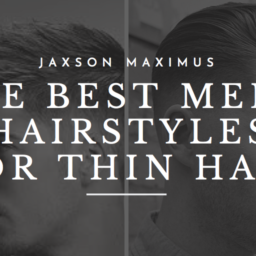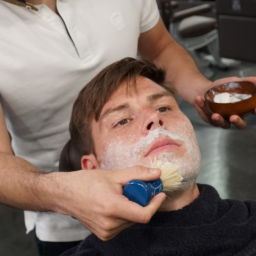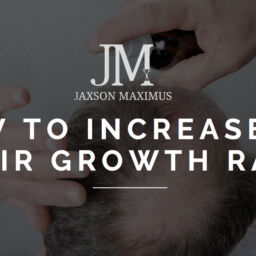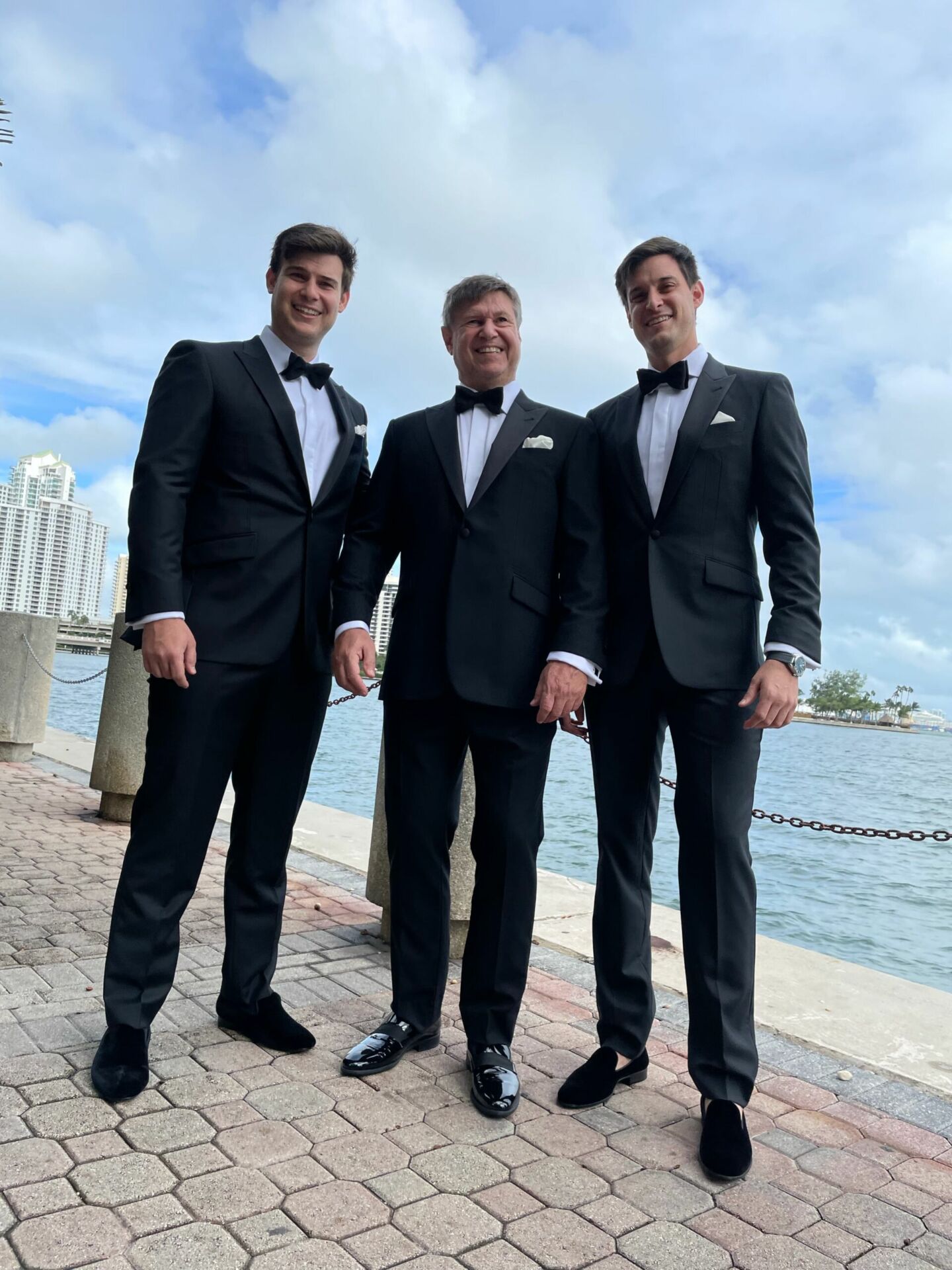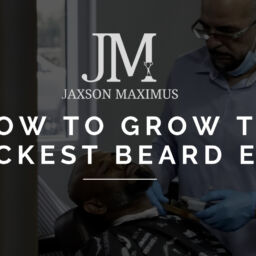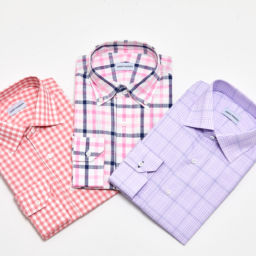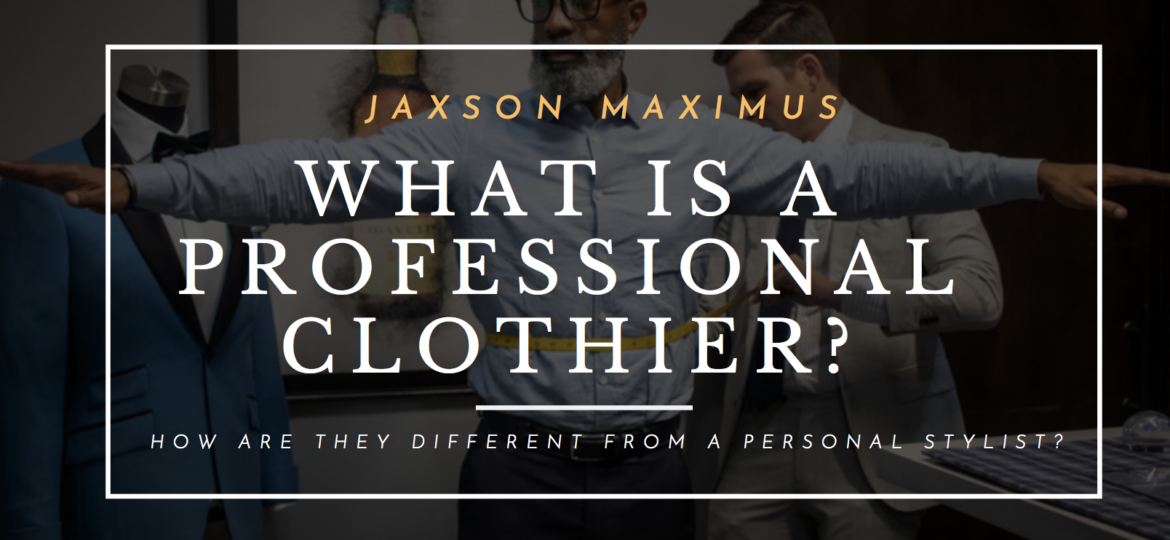
A professional clothier is a term that is loosely thrown around to describe a tailored men’s wear specialist. Depending on what store you visit and what part of the world you are located in, a professional clothier can mean different things to different companies.
The textbook definition of a professional clothier is “a person who makes, markets, or sells fine cloth garments.” Whatever degree a clothier is involved in, their main focus should be to build and design a quality garment for the client.
To help you decipher what exactly your professional clothier should do, our team of industry custom clothier veterans have put together this helpful guide to help you determine what a professional clothier is and how they are different than a personal stylist.
What Does A Professional Clothier Do?
Before we dive into this question, it is important to know that there are different degrees of custom clothing, as not all professional clothiers are created equal as it depends on the type of ready-made or custom clothing experience you are looking for.
One distinction between a professional clothier and a personal stylist is that a professional clothier usually works at a specific store or brand and only specializes in a particular brand’s apparel. A personal stylist usually is a freelance person that will take you shopping to many stores and will help you coordinate and purchase casual and tailored apparel. Often, a personal stylist will work with a professional clothier at one store with you.

Made-to-measure Or Mtm
MTM, or made to measure, is the simplest form and entry-level to the custom clothing space. MTM suits are designed and cut for you by a set of pre-determined patterns on file.
Today’s made-to-measure garments are all done through a computer system. Your professional clothier would be trained on how to take the basic set of measurements needed and help you through the selection process to build your made to measure garments. While it is good and is the simplest form of custom clothing, it is limited in customizable offerings and fit.
Over 90% of men’s custom-made garments are MTM, including bigger name companies such as Indochino, Suit Supply, Joseph A. Bank, Men’s Warehouse, etc.
For an MTM company, a professional clothier’s primary duties would include helping you select which cloth you want, discovering your needs for your garments (if’s it for a wedding, everyday wear, special occasion, etc.), and taking the basic measurements. They will then take that information and plug it into their software for an off-site factory to make your garment.
If you are looking for more customization and a greater degree in fit, you should seek a professional clothier who works at a true custom or true bespoke custom house.
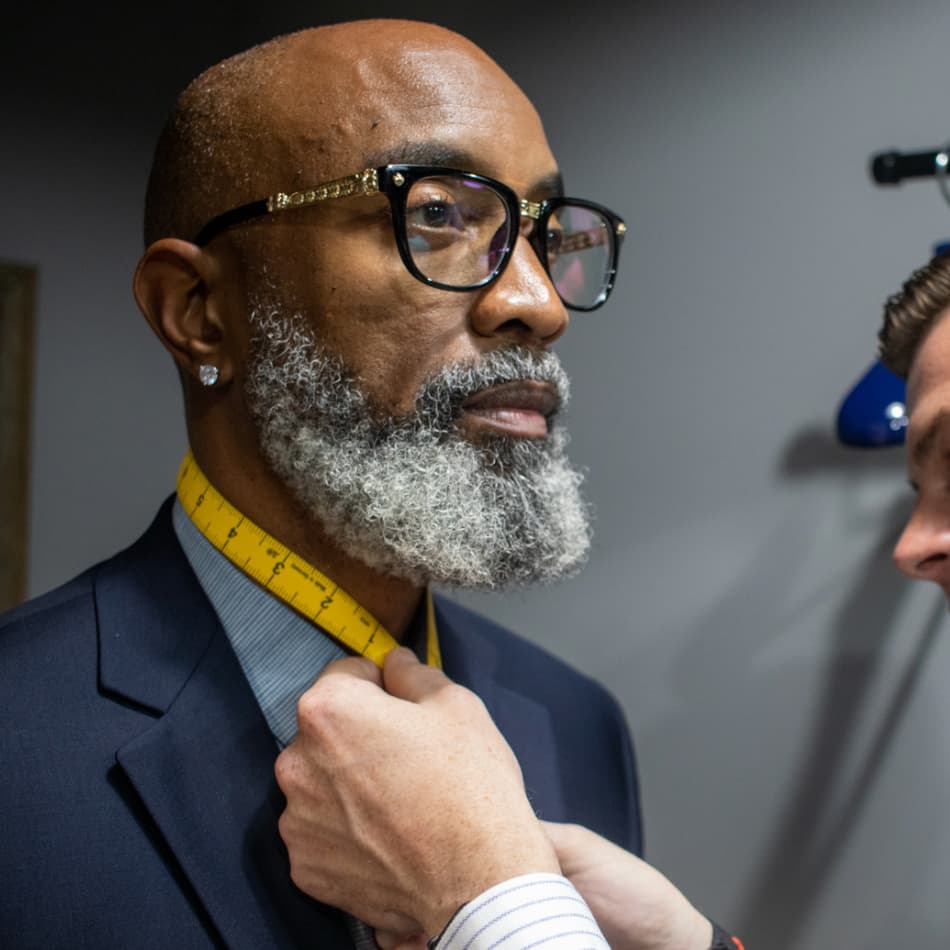
True Custom
Less than 10% of all men’s custom garments are made at a true custom house. At Jaxson Maximus, this is what we specialize in.
A true custom specialist is highly trained and is generally tenured in their profession. For example, our lead clothiers at Jaxson Maximus boast an average tenure of 15+ years in the industry.
Your pattern is cut by hand on paper before production by a master cutter taking into account many data points from the slope of your individual shoulders, your posture, if you stand naturally, hips forward or backward and how you’re your arms are positioned on your torso.
There are no pre-determined base patterns involved in this process, and is not as limiting to the customer on a design or fit perspective. When you come into your appointment, your professional custom stylist will take your body measurements to give to the cutters to make your garments.
In a true custom experience, they will take upwards of 20+ individual measurements to give to the cutter, creating your unique one of a kind pattern. For example, we take over 30 body measurements at Jaxson Maximus with a measurement tape and specially calibrated devices that measure your shoulder slope and standing posture. Measurements such as your skin bicep when flexed, thigh, and calf are recorded and used to create your one-of-a-kind paper pattern.
When it comes to true custom, the biggest difference is where the actual garment is made. With true bespoke, it is made in-house by a master tailor at the same location you ordered your garments from. While in true custom, it will be similar in quality, but it will be made off location.
In true custom, your custom clothier will work 1-1 with you throughout every step of the process. This includes selecting the cloth of your garment, detailing, measurements, designing, and fitting your garments.
Bespoke
True bespoke experiences are rare and hard to find. On Savile Row in London, the birthplace of bespoke clothing, you still have some of the most famous true bespoke custom experiences, such as Henry Poole & Co & the Huntsman, but even the Row’s famed custom houses offer a true custom and house-made bespoke option due to price sensitivity and time frame needed to complete true bespoke garments. Less than 1% of custom clothes made can be considered true bespoke.
A true bespoke suit is the most expensive and time-consuming option of the three, so be prepared for the high price tag. A true bespoke garment made on Saville Row will start at about 5 quid or $6500 US dollars.
When you go in for your true bespoke suit, your professional clothier will typically be the tailor who will be sewing and constructing your garment. They will go through the same process with you like with true custom, but they will be the ones hand-sewing your garment for you on-site.
Typically, when the tailor is about halfway through with your garment, they will have you come in for a fitting to determine if all of the specifications are to your liking. This is called a basted fitting try-on. When the garment is ready, they will have you come back for one final fitting to see if any slight alterations are needed to happen before delivering your garment. Your tailor may have you come in for several fittings before your garments are finished.
How Is A Custom Clothier Different From A Personal Stylist?
A custom clothier’s main duty is to construct a personalized one-of-a-kind fine cloth garments for you and you alone. They will help you select details to create a garment, but they will not curate an entire wardrobe for you as they are specialists in their particular brand,
On the other hand, a personal stylist will do just that. A stylist does not have any custom clothing expertise and instead will curate a wardrobe for you that consists of ready-to-wear off the rack garments that fit your individualized lifestyle.
You might find a personalize stylist in larger department stores such as Nordstroms, and Neiman Marcus, whose general duty is to shop for you. Most of the time, this service is free and requires that you book an appointment with them ahead of time. The stylist will make a commission on whatever garments you decide to purchase, which means it is in the stylist’s best interest to steer you in the direction of high-end brands. If you desire, you can hire a freelance stylist, they are not limited to a particular store or brand.
In Miami, we recommend Diane Treganza, who is the owner of MiamiStyling.com. She is a 5-Star rated personal stylist that assists professional men and women and has been in the business for 20+ years in the Miami market.


